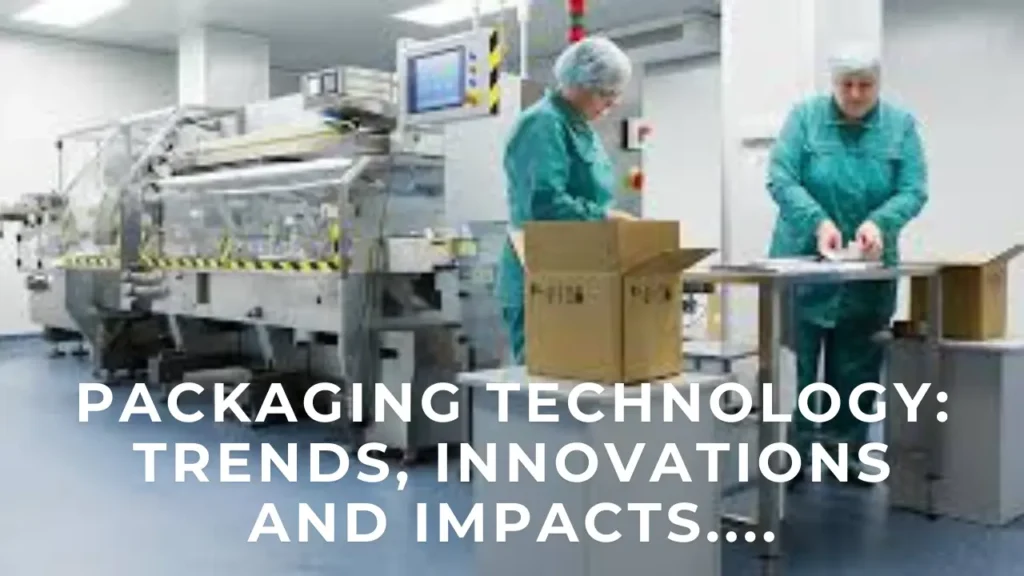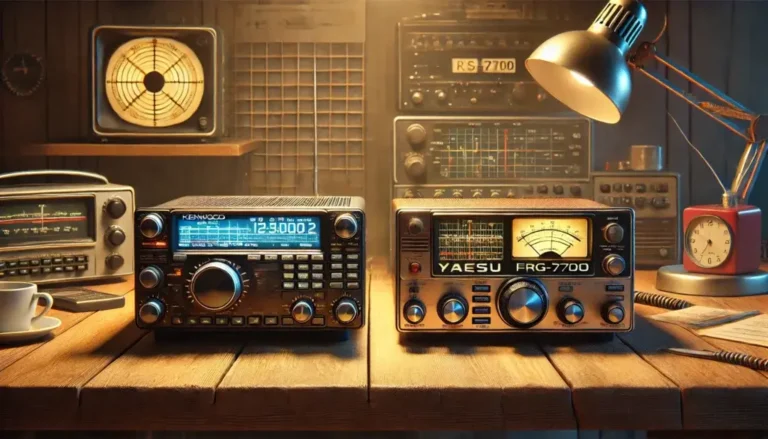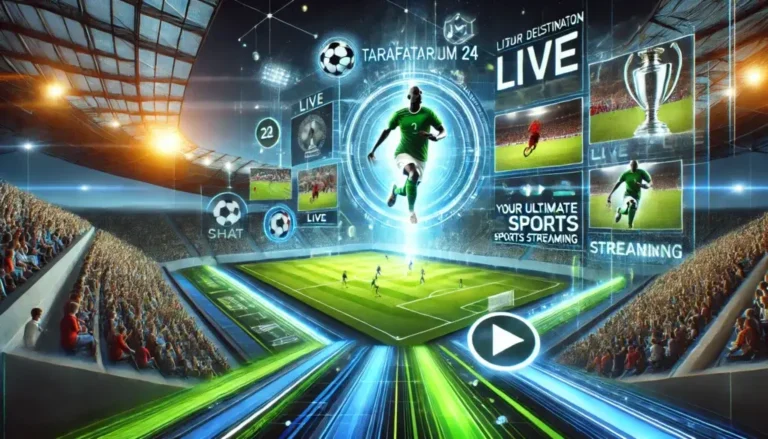
The development of packaging technology has resulted in distinct effects on containment, preservation, communication, and convenience. Among other industries, the packaging industry has been investing in high-tech R&D technologies to meet consumer and environmental needs. In this paper we examine the latest developments in the packaging industry along with how industries can bring about such influences in their productions.
How does packaging impact modern-day commerce? What are some other purposes for Packaging Technology?
It protects and preserves goods. It is certified for both product safety and quality. The appeal to collectors increases after the sale, while consumers experience a surge in demand. Brand values are communicated, and it influences consumer behavior.
According to the Smithers study, product sales worldwide are expected to exceed $15tn by 2024…. About 7% of this amount is attributed to packaging.’
Many product lines and industries will prioritize sustainability in their packaging design by 2020. The interest in reducing waste production over single-use applications will stimulate the need for environmentally friendly, renewable and ethically produced innovative materials that support sustainable production practices. “…
Consumers and businesses must prioritize sustainability as their top priority. Brands are opting for biodegradable, compostable and recyclable materials to minimize environmental impact. Why?
Innovations such as: Packaging Technology
- The use of Plant-Based Plastics, such as corn starch-based polylactic acid (PLA), is becoming more common in place of traditional plastics.
- Companies like Notpla are using seaweed to make biodegradable and edible packaging.
- Lighter packaging materials result in lower transportation costs and reduced carbon emissions.
Active Packaging
Systems This innovation interacts with the product to maintain freshness or extend shelf life. Examples include:
Oxygen scavengers in food packaging.
Moisture absorbers for electronics and textiles. Smart Sensors Sensors embedded in packaging monitor temperature, humidity, and product conditions. These are especially critical for perishable goods like vaccines and dairy products.
Recyclable Multi-layer Films: Packaging Technology
While traditional multi-layer films posed recycling challenges, advancements have led to easier separation and reprocessing of these materials.
Edible Packaging
Edible films made from seaweed or rice starch are gaining attention for food products. These innovative solutions reduce waste while adding a unique element to packaging.
Smart Packaging.
Technological Advancements Driving Innovation.
Automation and Robotics.
Automation is enhancing the efficiency and consistency of packaging lines.’ Robotic arms, automated labeling systems, and AI-led quality control are becoming more prevalent in the industry. These technologies can decrease errors, expedite production, and reduce costs..
3D Printing.
Customizing packing solutions through 3D printing is a speedy and efficient process. This feature enables brands to quickly test designs and produce small batches for niche markets.
Packaging Technology: AI and Machine Learning
Applying AI-driven analytics can uncover consumer preferences and improve supply chain optimization.Explain. By anticipating patterns and proposing modifications, machine learning algorithms can improve packaging strategies.
Nanotechnology.
- Nanotechnology has enabled enhanced packaging efficiency. E.g.
- Creating protective materials for packaging surfaces to keep bacteria at bay. Antimicrobial Coatings.
- Barrier films that offer superior protection against moisture, gas, and UV rays.’
- Improve strength by restoring the lack of weightiness in materials. Rapidly.
Challenges in Packaging Technology.
The packaging industry still faces numerous obstacles.
Balancing Cost and Innovation.
Adoption of new technologies is often a costly process. Small businesses must balance innovation with affordability. Why?
Regulatory Compliance.
Global initiatives are being launched to combat plastic waste and encourage recycling through stricter regulations…. Maintaining compliance and meeting consumer needs can be a challenge.
Sustainability Goals.
Despite the importance of being environmentally conscious, producing and implementing sustainable materials can be a time-consuming and expensive endeavor. Recycling initiatives are more complicated due to disparities among nations, apart from recycling infrastructure.
Consumer Perception.
Sustainable and functional packaging are both sought after. Why? Why? These requirements are challenging to meet without compromising on product quality or cost.
Packaging Technology:Industry Leaders and Case Studies.
Tetra Pak.
For many years, Tetra Pak has been developing inventive packaging solutions.. The beverage and food industry has been revolutionized by the introduction of their aseptic cartons, which preserve food without refrigeration.
Amazon.
Through its “Frustration-Free Packaging” initiative, Amazon encourages 100% recyclable materials and minimizes packaging waste. This is a way to improve both the customer experience and environmental goals.
Unilever.
Unilever is giving more importance to environmentally conscious packaging. Their approach is known as “Less Plastic, Better Plastic.”. The company is aiming to reduce its use of virgin plastic by 50% by 2025 through the initiative No Plastic. “.
Muck Rack and Packaging Communication.
With Muck Rack as its central hub, the public is informed about packaging innovations. By collaborating with brands and journalists, Muck Rack ensures that their messages on sustainability, functionality, and design are targeted to the right audience. For instance:
Muck Rack’s Case Studies demonstrate the effectiveness of packaging innovations.
The use of media monitoring allows brands to keep track of how their packaging designs are perceived in the media.
Collaborations with green influencers can lead to the creation of brand credibility and a stronger relationship with consumers.
Future Outlook of Packaging Technology
The future of packaging technology is exciting, but challenging. Why? Why? Materials, smart technologies and sustainability will continue to shape the industry. Key focus areas include:
Can you explain the circular economy’s Reuse, Recycle and Reduce Waste models?…/
Information for shoppers on the advantages and disposal strategies of innovative packaging.
The need for governments, businesses, and consumers to work together to tackle global issues like plastic waste.
For more information please get in touch
Conclusion.
Consumer demand, innovation, and sustainability are driving the development of packaging technology. Brands can not only keep up with trends but also create a more sustainable future through the use of platforms like Muck Rack. The packaging industry’s acclamation of these innovations will undoubtedly shape future advancements, as both businesses and consumers look to them.




